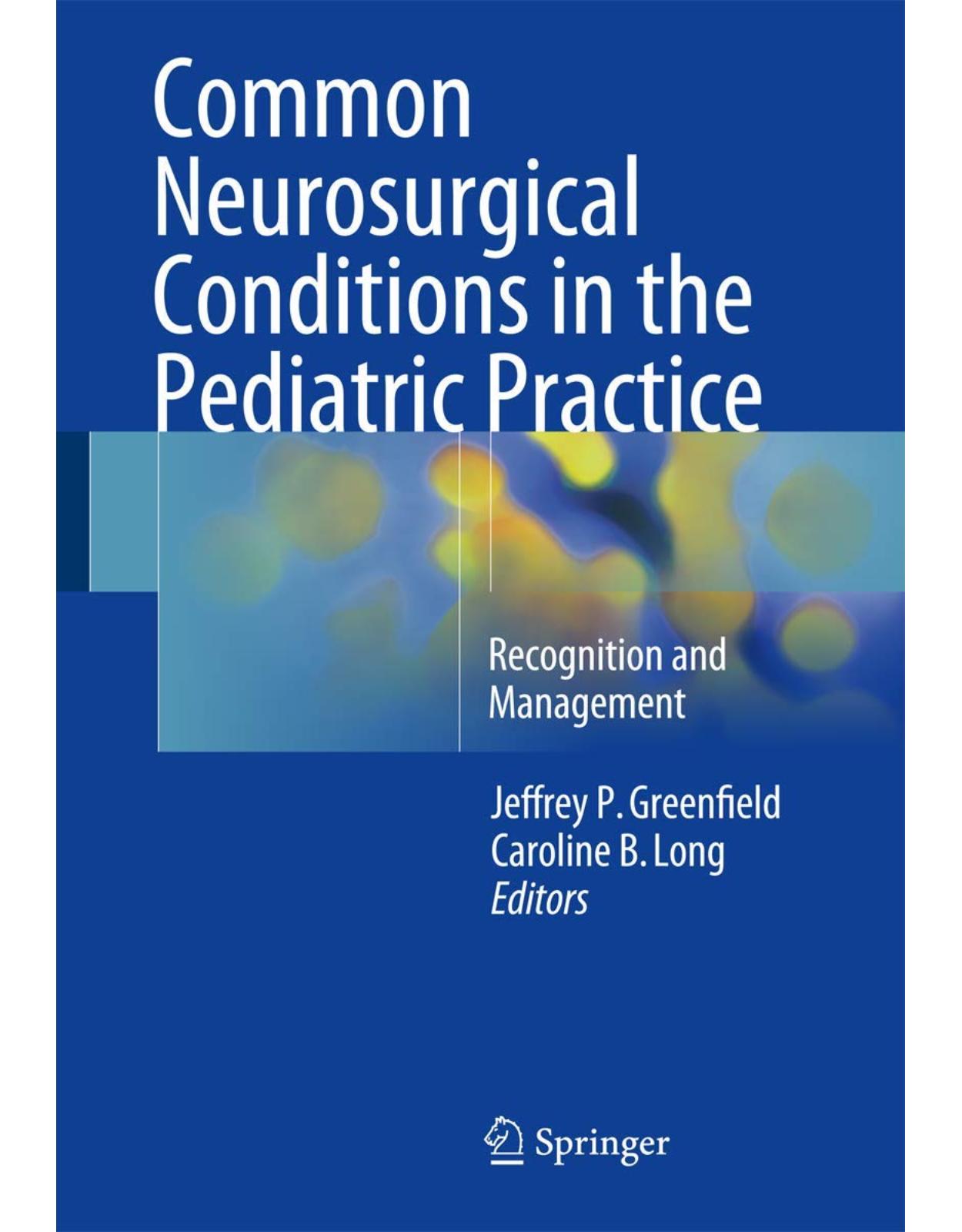
Common Neurosurgical Conditions in the Pediatric Practice
Livrare gratis la comenzi peste 500 RON. Pentru celelalte comenzi livrarea este 20 RON.
Disponibilitate: La comanda in aproximativ 4 saptamani
Autor: Greenfield
Editura: Springer
Limba: Engleza
Nr. pagini: 459
Coperta: Softcover
Dimensiuni: ? 17.81 x 2.64 x 25.4 cm
An aparitie: 2017
Description:
This unique title is designed to illustrate and foster how a closer working relationship between pediatricians and subspecialists can make childhood medicine work more seamlessly. Despite the common lack of training for pediatricians in pediatric neurosurgery, they are challenged almost daily with caring for children with neurologic conditions. Common Neurological Conditions in the Pediatric Practice is replete with a wide range of instructional case vignettes and is organized into sections that loosely approximate the neurologic development of a child and address issues that are commonly encountered. The first section reviews neurologic development and birth related trauma commonly seen in the neonatal intensive care unit. The second part addresses findings commonly encountered by a pediatrician in a child’s first month of life. The third section is a comprehensive review of hydrocephalus. Part four describes state of the art imaging techniques for the central nervous system in children, from pre-natal ultrasound through MRI and CT; and the fifth part consists of individual explorations of common neurosurgical conditions that many pediatricians are uncomfortable managing, including brain tumors, spasticity, and vascular lesions to use as a reference tool when caring for a complex neurosurgical patient. Finally a series of chapters related to head trauma, including sections on non-accidental trauma and concussion management, completes the text.
Table of Contents:
Part I: Development of the Brain and Spine
1: Normal Development of the Skull and Brain
Introduction
Normal Skull Development
Normal Development of the Brain
Abnormal Head Size
Evaluation of the Head Circumference
Macrocephaly
Microcephaly
Abnormal Head Shape
Craniosynostosis
References
2: The Neurologic Exam in Neonates and Toddlers
Introduction
The History
Birth History
Developmental History
The General Exam
The Head
The Face
The Neck
Cardiovascular and Abdomen
The Skin
The Spine and Back
The Neurologic Exam
Mental Status
Cranial Nerves
I: Olfactory Nerve
II: The Optic Nerve
III/IV/VI: The Oculomotor Nerve, the Trochlear Nerve, and the Abducens Nerve
V: The Trigeminal Nerve
VII: The Facial Nerve
VIII: The Vestibulocochlear Nerve
IX and X: The Glossopharyngeal Nerve and Vagus Nerves
XI: The Spinal Accessory Nerve
XII: The Hypoglossal Nerve
Motor Examination
Sensory Examination
Reflex Examination
Developmental Reflexes
Coordination
Gait
Conclusion
Clinical Pearls and Red Flags
Suggested Reading�
Part II: Newborn Through Infancy
3: Birth Trauma to the Scalp and Skull
Introduction
Extracranial (Scalp) Hematoma
Caput Succedaneum
Subgaleal Hemamtoma
Cephalohematoma
Intracranial Hematomas
Skull Fractures
Conclusion
Pediatrician’s Perspective
References
Evidence-Based Medicine Resources
4: Brachial Plexus Injuries During Birth
Anatomy and Mechanisms of Injury
Epidemiology
Presentation and Natural History
Evaluation
Management
Conclusion
References
5: Neonatal Brain Injury
Brain Injuries Affecting Term and Preterm Infants
Hypoxic-Ischemic Encephalopathy
Clinical Presentation
Diagnosis
Management
Long-Term Outcomes
Neonatal Stroke
Clinical Presentation
Diagnosis
Management
Long-Term Outcomes and Rehabilitation
Brain Injuries Affecting Preterm Infants
Hemorrhagic Injuries
Clinical Presentation
Diagnosis
Management
Outcomes
White Matter Injuries
Clinical Presentation
Diagnosis
Management
Outcomes
Prematurity
Clinical Presentation
Diagnosis
Management
Outcomes
Conclusion
Bibliography
6: Evaluation of Head Shape in the Pediatric Practice: Plagiocephaly vs. Craniosynostosis
Anatomy of the Infant Skull
The Anterior Fontanel
The Posterior Fontanel
Plagiocephaly
Deformational Plagiocephaly
Diagnosis: Clinical Signs
Scaphocephaly: Sagittal Synostosis
Trigonocephaly: Metopic Synostosis
Unilateral Coronal Synostosis (UCS): Premature Closure of the Coronal Suture
Lambdoid Synostosis: Premature Closure of the Lambdoid Suture
Deformational Brachycephaly
Synostotic Brachycephaly: Bilateral Coronal Synostosis
Deformational Scaphocephaly (DS)
Imaging
Pediatrician’s Perspective
References
7: Neurocutaneous Disorders
Introduction
Neurofibromatosis Type 1
Overview
Diagnosis
Clinical Manifestations
Cutaneous
Nerve Sheath Tumors
Central Nervous System (CNS) Tumors
Other CNS Manifestations
Other Malignancies
Ophthalmologic
Skeletal
Cardiovascular
Management Considerations
Neurofibromatosis Type 2
Overview
Diagnosis
Clinical Manifestations
Cutaneous
Schwannomas
Other Nervous System Tumors
Ophthalmologic
Other Nervous System Manifestations
Management Considerations
Tuberous Sclerosis Complex
Overview
Diagnosis
Clinical Manifestations
Cutaneous
CNS Tumors
Other Nervous System Manifestations
Ophthalmologic
Cardiac
Renal
Pulmonary
Management Considerations
Sturge-Weber Syndrome
Overview
Diagnosis
Clinical Manifestations
Cutaneous
Nervous System
Ophthalmologic
Management Considerations
Von Hippel-Lindau
Overview
Diagnosis
Clinical Manifestations
Management Considerations
Neurocutaneous Melanosis
Overview
Diagnosis
Clinical Manifestations
Cutaneous
Nervous System
Management Considerations
Incontinentia Pigmenti
Overview
Diagnosis
Clinical Manifestations
Cutaneous
Nervous System
Other Organ Systems
Management Considerations
Hypomelanosis of Ito
Overview
Diagnosis
Clinical Manifestations
Cutaneous
Nervous System
Other Organ Systems
Management Considerations
Ataxia-Telangiectasia
Overview
Diagnosis
Clinical Manifestations
Cutaneous
Nervous System
Other Organ Systems
Management Considerations
Pediatricians’ Perspective
Bibliography
8: Cutaneous Markers of Spinal Dysraphism
Definition
Epidemiology
Risk Factors
Classification of Spinal Dysraphism [8, 9]
Clinical Presentation
Cutaneous Manifestations
The Predictive Value of the Skin Lesions
Is Radiological Screening Warranted in Presence of Skin Lesions?
Which Method to Use for Screening?
References
9: Tethered Cord
Introduction
History
Pathophysiology
Thickened Filum or Fatty Filum Terminale
Clinical Presentation and Diagnosis
Imaging
Pediatrician’s Perspective
References
10: Lumps and Bumps: Scalp and Skull Lesions
Clinical Presentation and Evaluation
Imaging
Scalp Lesions
Congenital Lesions
Dermoid and Epidermoid Cysts
Encephaloceles and Atretic cephaloceles
Aplasia Cutis Congenita of the Scalp
Traumatic Lesions
Cephalohematoma, Caput Succedaneum, Subgaleal Hematoma
Vascular Lesions
Sinus Pericranii
Hemangiomas
AVMs and Venous Malformations of the Scalp
Subcutaneous Nodules
Necrobiotic Granulomas and Subcutaneous Granuloma Annulare
Neurofibromas
Infantile Myofibroma and Primary Fibrosarcomas of the Scalp
Cranial Fasciitis
Skull Lesions
Langerhans Cell Histiocytosis
Enlarged Parietal Foramina
Primary Bone Tumors
Intraosseous Hemangioma
Aneurysmal Bone Cyst
Fibrous Dysplasia
Metastases
Pediatrician’s Perspective
References
Part III: Hydrocephalus Primer
11: Intraventricular Hemorrhage in the Premature Infant
Background
Neuropathology
Importance of the Germinal Matrix
Grading the Hemorrhage
Pathogenesis of IVH
Cerebral Autoregulation and Pressure-Passive Circulation
Intravascular Perturbations
Periventricular White Matter Injury (WMI) Associated with IVH
Case Continued
Linking Systemic and Cerebral Vascular Perturbations in Infants with Respiratory Distress Syndro
Perturbations on the Arterial Side
Perturbations in Venous Pressure
Hypercarbia and Intraventricular Hemorrhage
Surfactant Administration and PV-IVH
Post-hemorrhagic Hydrocephalus (PHH)
Clinical Manifestations of Hemorrhage
Strategies to Prevent Severe IVH
General Considerations
Perinatal Glucocorticoid Administration
Postnatal Strategies
Outcomes
Future Directions
Pediatrician’s Perspective
References
12: Neuro-Ophthalmic Presentation of Neurosurgical Disease in Children
Assessment of Visual Function
Visual Acuity
Color Testing
Visual Field Testing
Pupillary Testing
Funduscopy
Efferent Testing
Papilledema and Disorders of Elevated Intracranial Pressure
Visual Function in Papilledema
Causes of Papilledema in Children
Aqueductal Stenosis
Mass Lesions
MRI Findings Associated with Papilledema
Idiopathic Intracranial Hypertension
Treatment of IIH
Venous Sinus Thrombosis
Craniosynostosis
Unilateral Papillitis
Visual Field Defects
Dorsal Midbrain (Parinaud) Syndrome
Diplopia and Gaze Palsies
Abducens Palsies
Trochlear (Fourth Cranial) Nerve Palsies
Oculomotor Nerve Palsies
Cavernous Sinus Syndrome and Orbital Apex Syndrome
Skew Deviation
Nystagmus and Saccadic Intrusions
Nystagmus
Vestibular Nystagmus
Relevant Anatomy
Patterns of Peripheral Vestibular Nystagmus
Patterns of Central Vestibular Nystagmus
Downbeat Nystagmus
See-Saw Nystagmus
Ocular Flutter and Opsoclonus
Anisocoria
Horner Syndrome
Pediatrician’s Perspective
References
13: Hydrocephalus and Ventriculomegaly
Introduction
Classification of Hydrocephalus
External Hydrocephalus
Benign Subdural Collections of Infancy
Symptomatic Extra-Axial Fluid Collections in Children
Hydranencephaly
Trapped Fourth Ventricle and Multiloculated Hydrocephalus
Dandy-Walker Malformation (DWM)
Pathophysiology of DWM-Associated Hydrocephalus
Neonatal Posthemorrhagic Hydrocephalus
Neurodevelopmental Pathophysiology
Papile et al. Classification of Germinal Matrix Hemorrhage [50]
Normal Volume Hydrocephalus
Post-traumatic Hydrocephalus
Radiologic Recognition and Definition of Hydrocephalus
Clinical Presentation of Hydrocephalus
Neonates and Infants
Children and Young Adults
Hydrocephalus Associated with Chiari Malformations
Aqueductal Stenosis
X-Linked Hydrocephalus
Idiopathic Intracranial Hypertension
Hydrocephalus with Brain Tumors
Pediatrician’s Perspective
References
14: Neurosurgical Considerations in Macrocephaly
Epidemiology
Etiology
Presentation
Evaluation
Treatment and Management
Shunting
Endoscopic Third Ventri-�� culostomy (ETV)
Goals of Treatment
Medical Management
Follow-Up and Indications for Re-evaluation
Conclusion
Pediatrician’s Perspective
References
15: Evaluation and Classification of Pediatric Headache
Identification and Classification of Headache
Primary Versus Secondary Headache
Headache History
Headache Questions
Headache Characteristics and Most Likely Diagnosis
Common Red Flags in Headache History for Children
Pediatric Physical and Neurological Examination
Physical Examination
Discussion
Evaluation and Management
Physical Examination
Discussion
Evaluation and Management
Discussion
Evaluation and Management
Discussion
Pediatrician’s Perspective
References
Part IV: Imaging of the Pediatric Brain and Spine
16: Imaging of the Fetal Brain and Spine
Prenatal Imaging
Indications for Fetal MR
Safety of Fetal MR Imaging
Imaging Techniques: US
Imaging Techniques: MR
Normal Fetal CNS Anatomy and Development—US
Ventricles
Midline Structures
Parenchyma
Sulcation
Posterior Fossa
Skull
Spine
Normal Fetal CNS Anatomy and Development—MR
Ventricles and Subarachnoid Spaces
Midline Structures
Brain Parenchyma
Sulcation
Posterior Fossa
Biometrics
Spine
Pathology of the Fetal CNS
Ventriculomegaly
Aqueductal Stenosis
Dorsal Induction Malformations/Neural Tube Defects
Anencephaly
Cephalocele
Chiari II
Ventral (Forebrain) Induction Malformations
Holoprosencephaly
Corpus Callosum Abnormalities
Posterior Fossa Anomalies
Dandy–Walker Continuum
Malformations of Cortical Development (MCD)
Monochorionic Twin Pregnancies
Conclusion
References
17: Prenatal Counseling for Fetal Diagnoses
Ascertainment Bias
Fetal Behavior
MRI
Genetics
Timing of Prenatal Diagnosis
Patient Counseling
Ventriculomegaly
Workup
Counseling
Posterior Fossa Abnormalities
Diagnosis
Dandy–Walker Malformation and Inferior Vermian Agenesis
Workup
Prognosis
Cerebellar Hypoplasia
Cephaloceles
Workup
Counseling
Chiari II Malformation
Workup
Counseling
Agenesis of the Corpus Callosum
Workup
Counseling
Microcephaly
Workup
Counseling
Pediatrician’s Perspective
References
18: Imaging of the Pediatric Brain
Introduction
Neuroimaging Techniques
Neuroimaging Indications
Practical Neuroimaging
Imaging Findings
Benign Incidental Findings on Imaging
Developmental Venous Anomalies
Capillary Telangiectasias
Pineal Cysts
Arachnoid Cysts
Sinusitis
Persistent Congenital Vascular Anastomoses
Arachnoid Granulations
Benign Enlargement of the Subarachnoid Spaces of Infancy
Imaging Findings Necessitating Neurological Workup
Arterial Dissections
Meningitis and Brain Abscess
Congenital Neuronal Migration Anomalies
Pediatric White Matter Disease
Vasculopathies
Phakomatoses
Dandy–Walker Spectrum
Idiopathic Intracranial Hypertension
Dural Venous Sinus Thrombosis
Non-accidental Trauma
Imaging Finding Necessitating Neurosurgical Workup
Congenital Vascular Malformations
Moyamoya Disease
Chiari Malformations
Intracranial Mass Lesions
Infratentorial Neoplasms
Supratentorial Neoplasms
Conclusion
References
19: Radiographic Evaluation of Suspected Scoliosis
Introduction
Definition
Non-idiopathic Scoliosis
Radiographic Evaluation
Specific Orthopedic Manifestations of Pediatric Neurologic Disease
Pediatrician’s Perspective
Bibliography for Pediatric Scoliosis
20: Image Gently: Minimizing Radiation Exposure in Children
History of Radiation
Radiobiology
Radiation Dose Simplified
Radiation Risk in Children
Radiation Dose Reduction and Alternative CNS Imaging
Pediatricians’ Responsibility
Radiologists’ Responsibility
Indications for Pediatric Head CT
Imaging Algorithms for Common Neurologic Pediatric Conditions
Head Trauma
Cervical Spine Trauma
Headache
Seizures
Developmental Delay
Head Enlargement
Head Lumps and Bumps
Possible Spinal Dysraphism
Take-Home Messages
References
Part V: Beyond Hydrocephalus: What Pediatric Neurosurgeons Treat Most
21: Chiari Malformation
Clinical Vignettes
A Nonoperative Case
An Operative Case
Classification
Pathophysiology
Epidemiology
Presentation
Chiari 0, 1, and 1.5
Specific Patient Populations
Patients Younger Than 6 Years
Craniosynostosis
Idiopathic Intracranial Hypertension
Postradiation Therapy Chiari
Acquired Chiari
Tethered Cord Syndrome
Chiari Associated with Hydrocephalus
Chiari Associated with Growth Hormone Disorders
Chiari 2
Imaging
Natural History
Treatment
Management-Indications for surgery
Conservative
Surgical
Treatment of Chiari 2
Complications
Follow-Up
Outcome
Conclusion
Key Points
Pediatrician’s Perspective
References
22: Pediatric Brain Tumors
Introduction
Epidemiology and Classification
Clinical Presentation
Specific and Nonspecific Symptoms
Pediatrician’s Perspective
Key Points
Suggested Reading�
23: Pediatric Neurovascular Disease
Introduction
Aneurysms
Epidemiology
Presentation and Clinical Features
Subarachnoid Hemorrhage
Focal Neurologic Findings
Seizures
Giant Aneurysms and Mass Effect
Hydrocephalus
Vasospasm
Genetics and Associated Syndromes
Polycystic Kidney Disease
Tuberous Sclerosis
Coarctation of the Aorta
Ehlers–Danlos and Marfan Syndromes
Pathophysiology
Idiopathic Aneurysms
Traumatic Aneurysms
Giant Aneurysms
Infectious Aneurysms
Diagnosis
Screening and Implications for Family
When to Refer to a Neurosurgeon
Treatment, Outcomes, and Prognosis
Unruptured Aneurysms
Ruptured Aneurysms
Cavernous Malformations
Definition
Epidemiology
Clinical Presentation
Diagnosis
Pathophysiology
When to Refer to a Neurosurgeon
MRI Screening for Family Members in Familial Cavernous Malformations
Treatment
Prognosis and Outcome
Cerebral Venous Malformations (Venous Angiomas and Developmental Venous Anomalies)
Definition
Epidemiology
Clinical Presentation and Diagnosis
Pathophysiology
When to Refer to a Neurosurgeon
Treatment
Arteriovenous Malformations
Definition
Epidemiology
Presenting Clinical Features
Pathophysiology
Diagnosis and Imaging
Natural History
When to Refer to a Neurosurgeon
Treatment
Prognosis and Outcome
Ischemic Stroke
Definition and Classification
Epidemiology
Clinical Presentation
Diagnosis
Pathophysiology
Treatment of Pediatric Ischemic Stroke
When to Refer to a Neurosurgeon
Prognosis and Outcome
Vein of Galen Malformations
Definition and Classification
Epidemiology
Clinical Presentation
Diagnosis
Pathophysiology
When to Refer to a Neurosurgeon
Treatment
Prognosis and Outcome
Spinal Vascular Malformations
Definitions and Classification
Epidemiology
Presenting Clinical Features
Genetics and Associated Clinical Syndromes
Diagnosis and Evaluation
When to Refer to a Neurosurgeon
Treatment, Prognosis, and Long-Term Outcome
Key Points
Pediatrician’s Perspective
References
24: Pediatric Seizures
Seizure Semiology
Generalized Seizures
Generalized Tonic-Clonic Seizures
Myoclonic Seizures
Tonic Seizures
Atonic Seizures
Absence Seizures
Infantile or Epileptic Spasms
Focal Seizures
Temporal Lobe Seizures
Frontal Lobe Seizures
Occipital Lobe Seizures
Parietal Seizures
Vignette Continued [2]
Approach to the First Seizure
Febrile Seizures
Nonfebrile Seizures
Epilepsy Syndromes
Benign Childhood Epilepsy with Centrotemporal Spikes (Also Known as Rolandic Epilepsy or Benign Ro
Childhood Absence Epilepsy (CAE)
Juvenile Myoclonic Epilepsy (JME)
Lennox-Gastaut Syndrome (LGS)
West Syndrome (Also Known as Infantile Spasms or Epileptic Spasms)
Acute Seizure Management
General Seizure Precautions
Antiepileptic Choices
Nonpharmacologic Seizure Management
Vignette Continued [3]
Conclusion
References
25: Approach to Spasticity in the Pediatric Patient
Introduction
Examining a Child with Spasticity
Overview of Treatment Goals
Overview of Treatment Options
Nonsurgical Therapies
Surgical Therapies
Age-Based Guide to Approaching Families and Patients
Infant
Case Presentation 1
Two Years Old
Case Presentation
Three–Four Years Old
Case Presentation
Older Than Four Years
Case Presentation
Conclusion
Bibliography
26: Assessment and Management of Minor Head Injuries in Toddlers and Adolescents
Case Presentation
Introduction to Pediatric Head Injuries
Assessing the Patient
Imaging and Decision-Making
Recommendations for CT in Children Under 2 Years of Age Derived from PECARN
PECARN Recommendations for Obtaining a CT in Children 2 Years of Age and Older
What to Tell Parents
Prevention
Conclusion
Pediatrician’s Perspective
References
Evidence Based Medicine Resources
27: Non-accidental Head Trauma
History
Epidemiology: Incidence and Prevalence
Risk Factors
Biomechanics and Non-accidental Head Trauma
Clinical Presentation
Primary Traumatic Brain Injury
Secondary Traumatic Brain Injury
Diagnostic Evaluation
History Taking
History of Present Illness
Past Medical History
Social History
Family History
Physical Exam
Head and Neck
Skin
Abdomen
Genitals
Neurologic Exam
Neuroradiologic Evaluation
Computed Tomography
Magnetic Resonance Imaging
Ultrasound
Plain Radiographs
Laboratory Evaluation
Serum Brain Biomarkers
Ophthalmologic Exam
Prevention
Role of the Pediatrician
References
28: A Pediatrician’s Guide to Concussion Management
Epidemiology
Resolution of Concussion
Special Considerations in the Pediatric Population
Office Visit for Concussion
History of the Injury
Actual Injury
Retrograde Amnesia
Loss of Consciousness (LOC)
Posttraumatic Amnesia (PTA)
Test Results
Post-Concussion Signs and Symptoms
Physical and Neurologic Exam
Diagnosis and Feedback
Second Impact Syndrome
Chronic Traumatic Encephalopathy
Treatment Plan and Recommendations
When to Refer for an Emergent Neurosurgical Consultation
Recommendations for Return to School and to Sports
Medication
When to Refer for a Neuropsychological Consultation
The Pediatric Concussion Patient: Case Reports
Case Report 1: Sailing Injury
Case Report 2: Schoolyard Concussion
Case Report 3: Head-to-Head Collision
Case Report 4: Motor Vehicle Accident
Summary
References
29: Pathophysiology and Diagnosis of Concussion
Definition
Epidemiology
Concussion in Sports
Pathophysiology of Concussion
Biomechanics of Injury
Glutamate Release and Ionic Flux (Fig. 29.5)
Alterations to Brain Metabolism and Activation
Axonal Injury
Acute Response to Repeat Concussion and the “Second Impact Syndrome”
Special Considerations in the Pediatric Population
Evaluation of Concussion Patients
Clinical History and Exam
Sideline Testing
Neurocognitive Testing
Neuroimaging
Eye Tracking
Treatment of Concussion and Management of Symptoms
Pharmacologic Management of Symptoms
Post-Concussion Syndrome
Cumulative Effects of Concussion
Return to Play
Return to School
References
Index
| An aparitie | 2017 |
| Autor | Greenfield |
| Dimensiuni | ? 17.81 x 2.64 x 25.4 cm |
| Editura | Springer |
| Format | Softcover |
| ISBN | 9781493938056 |
| Limba | Engleza |
| Nr pag | 459 |

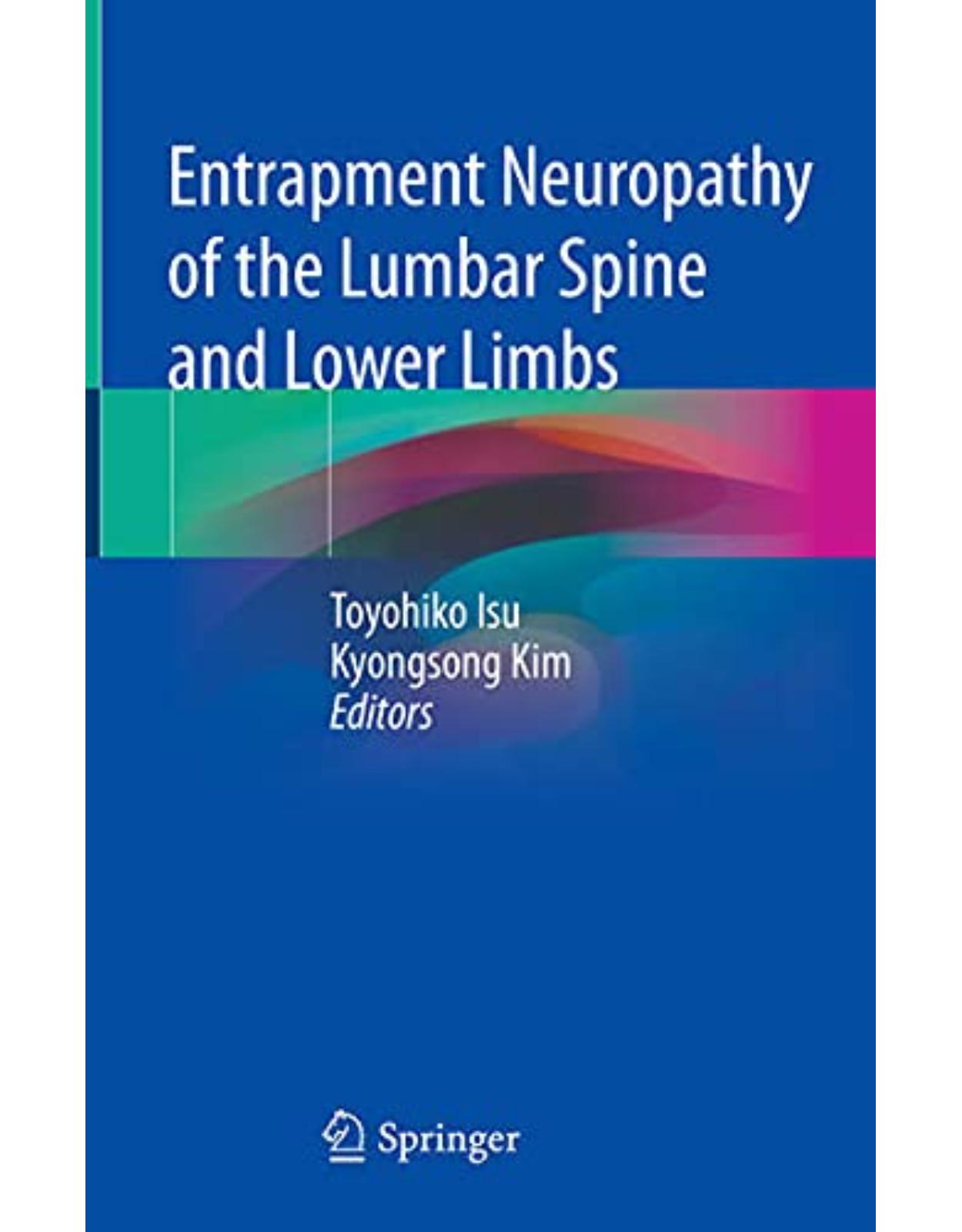
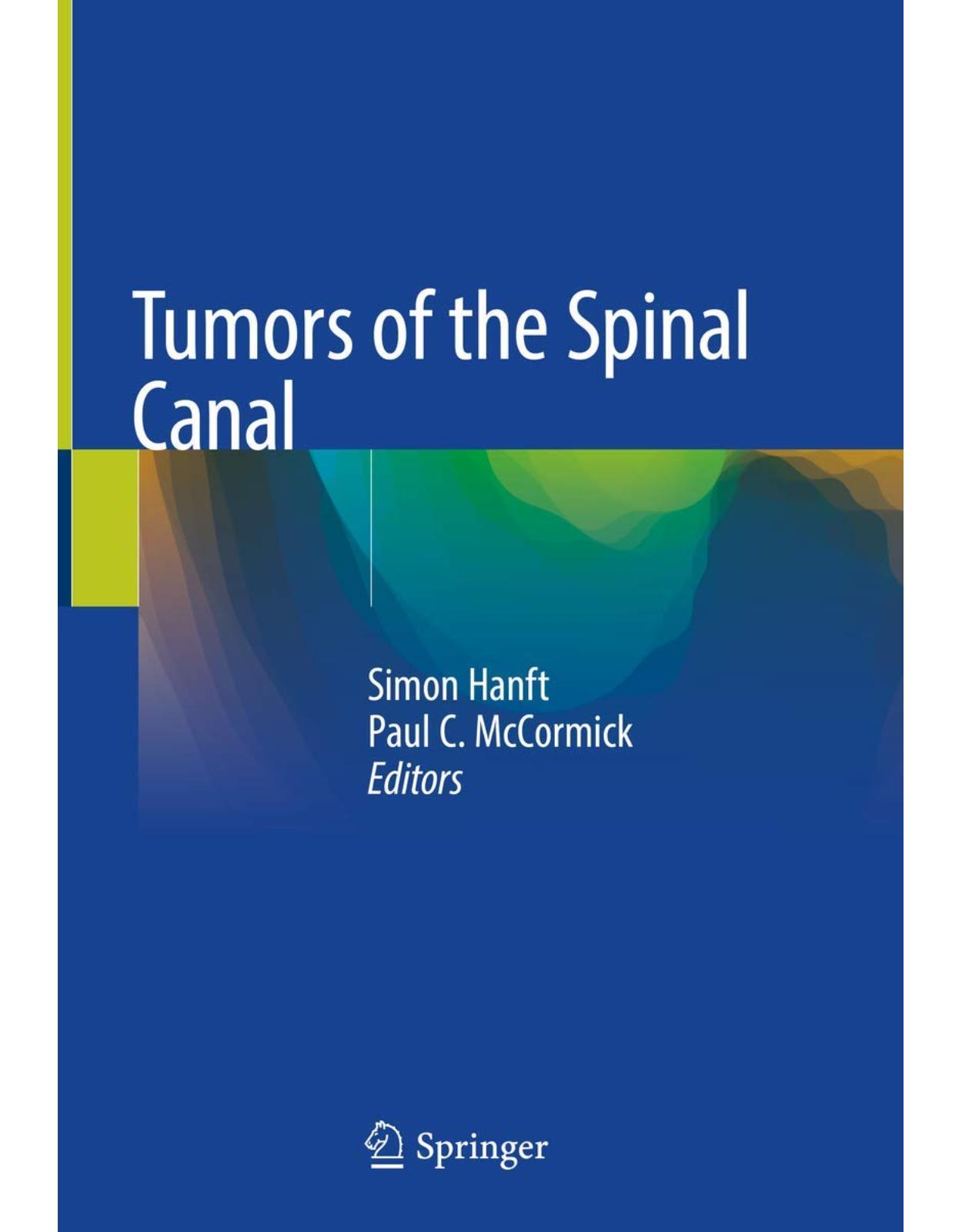
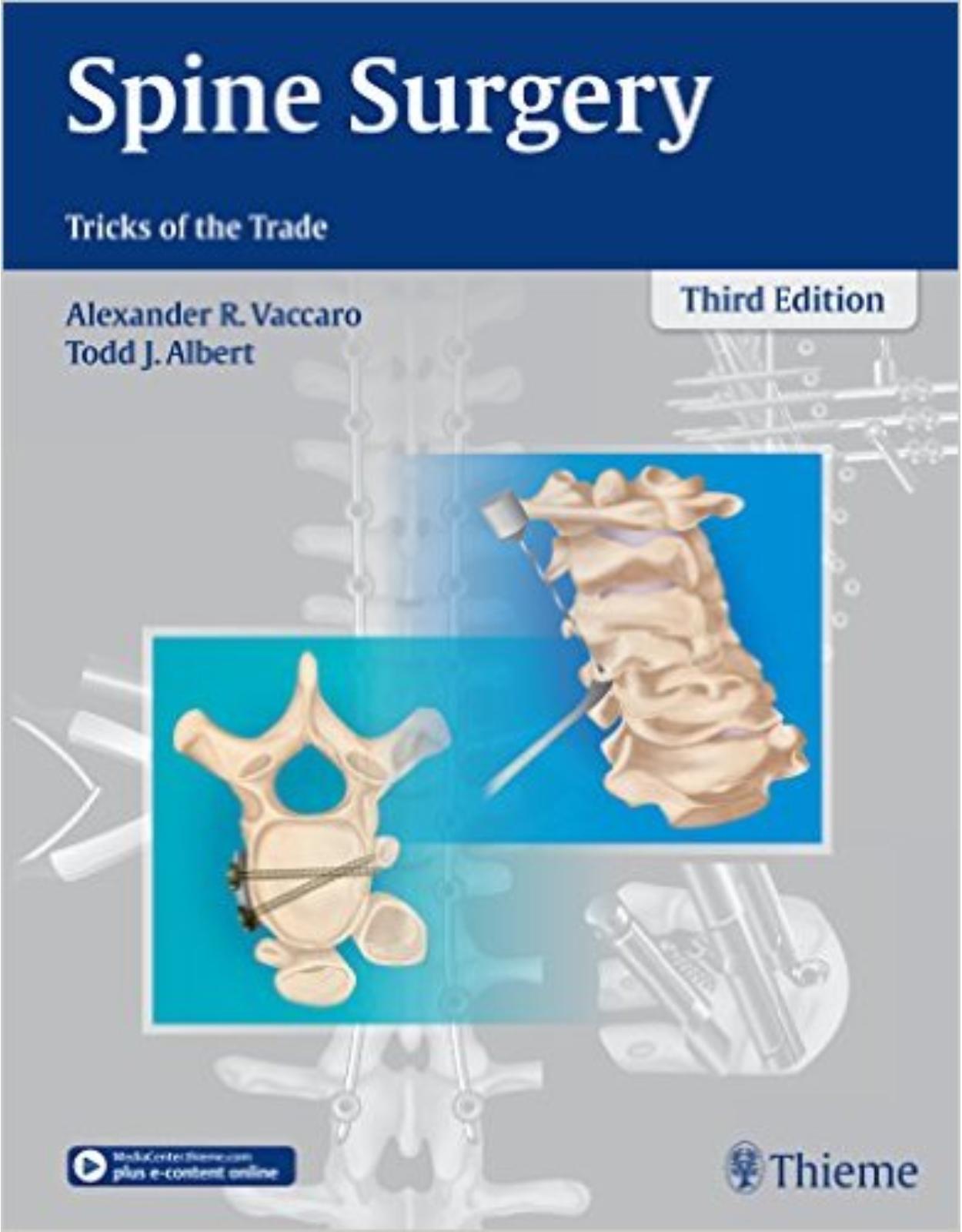
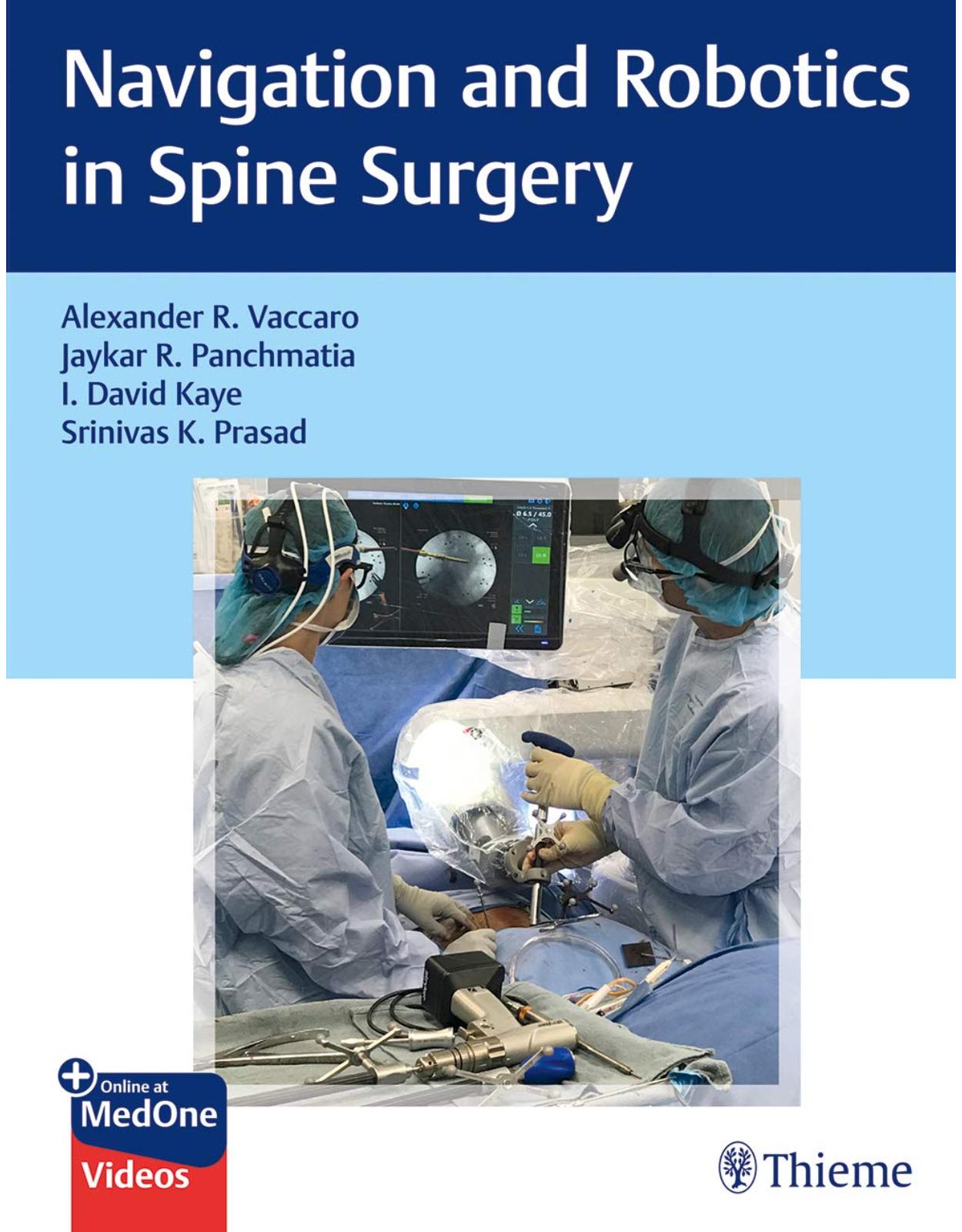
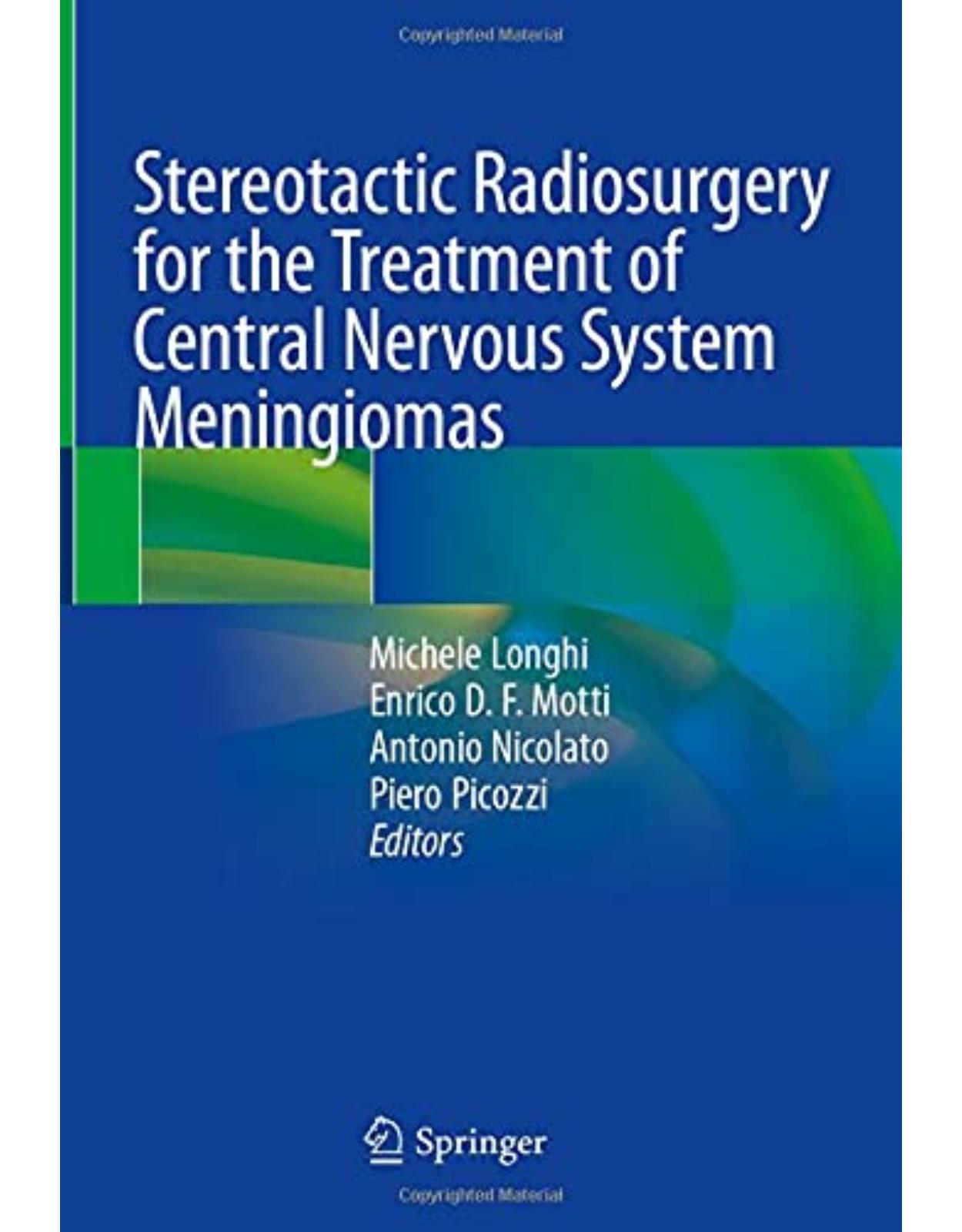
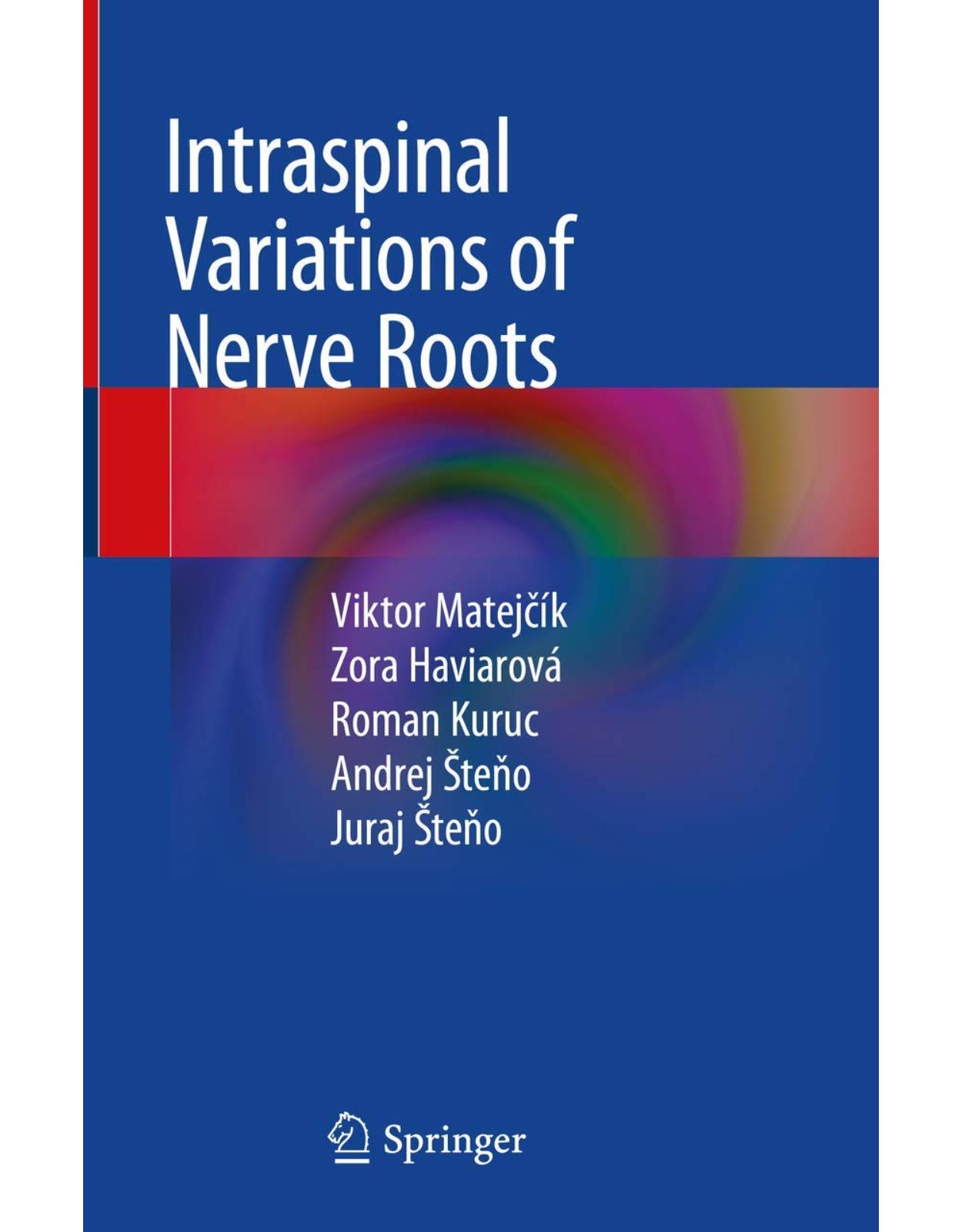
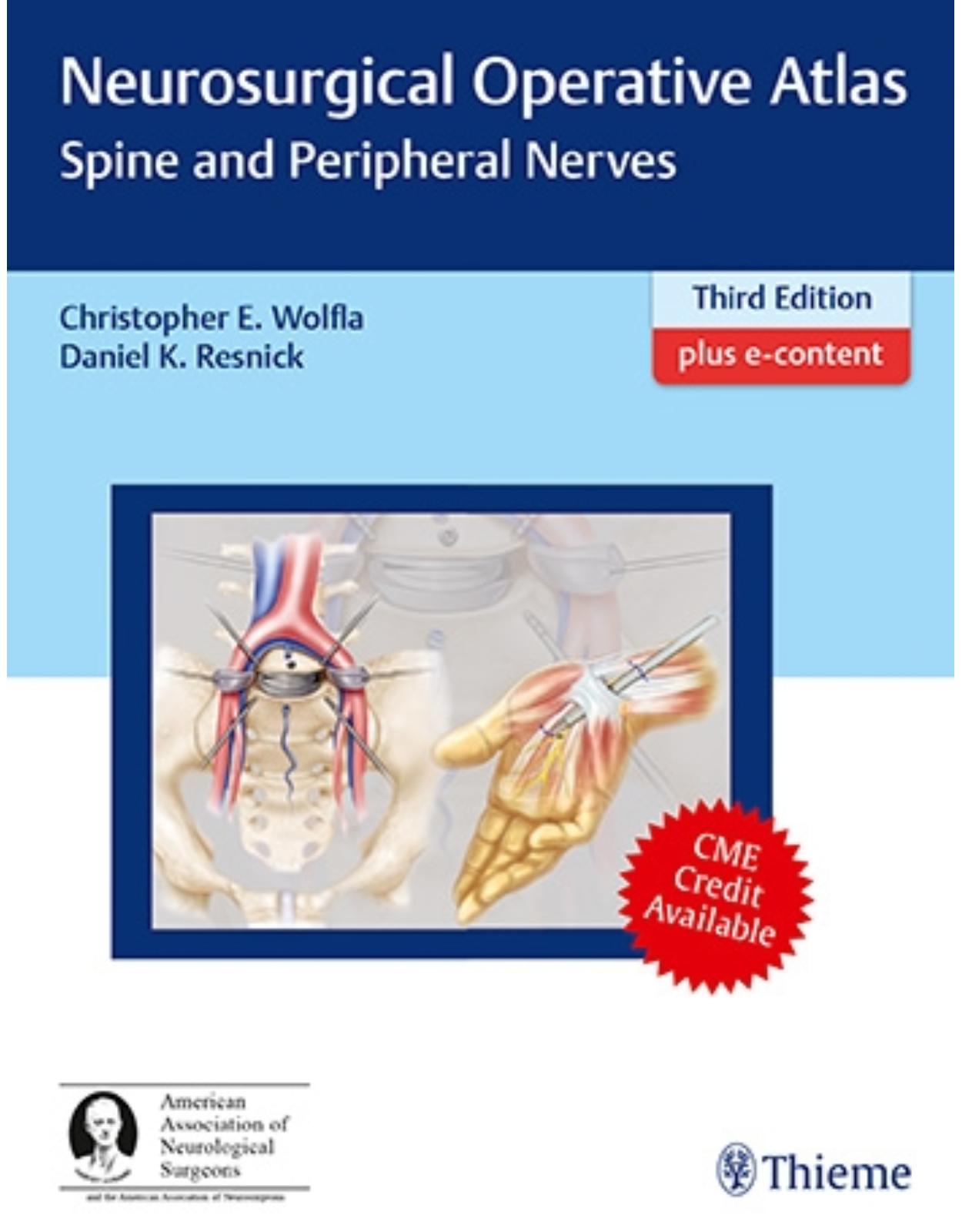
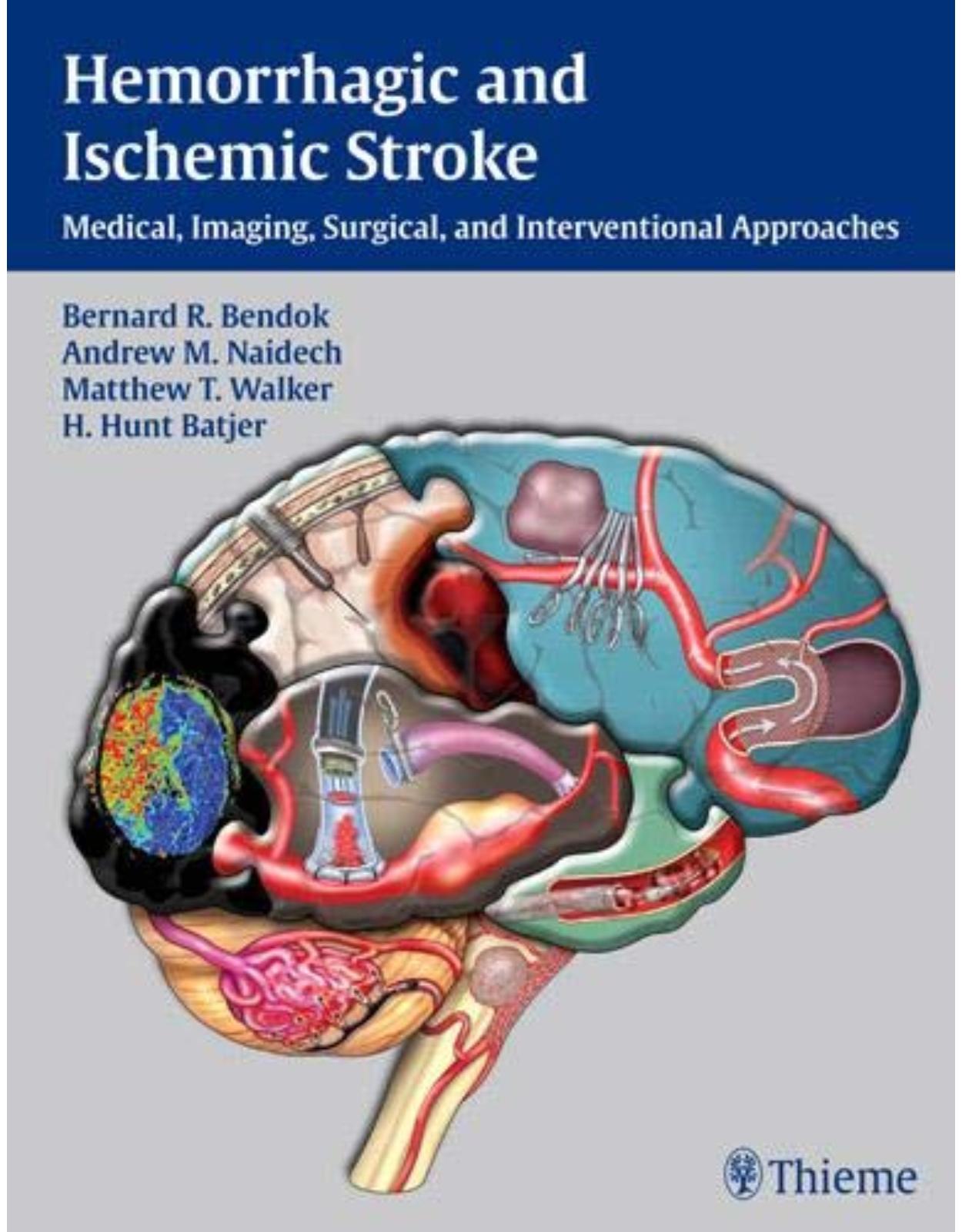
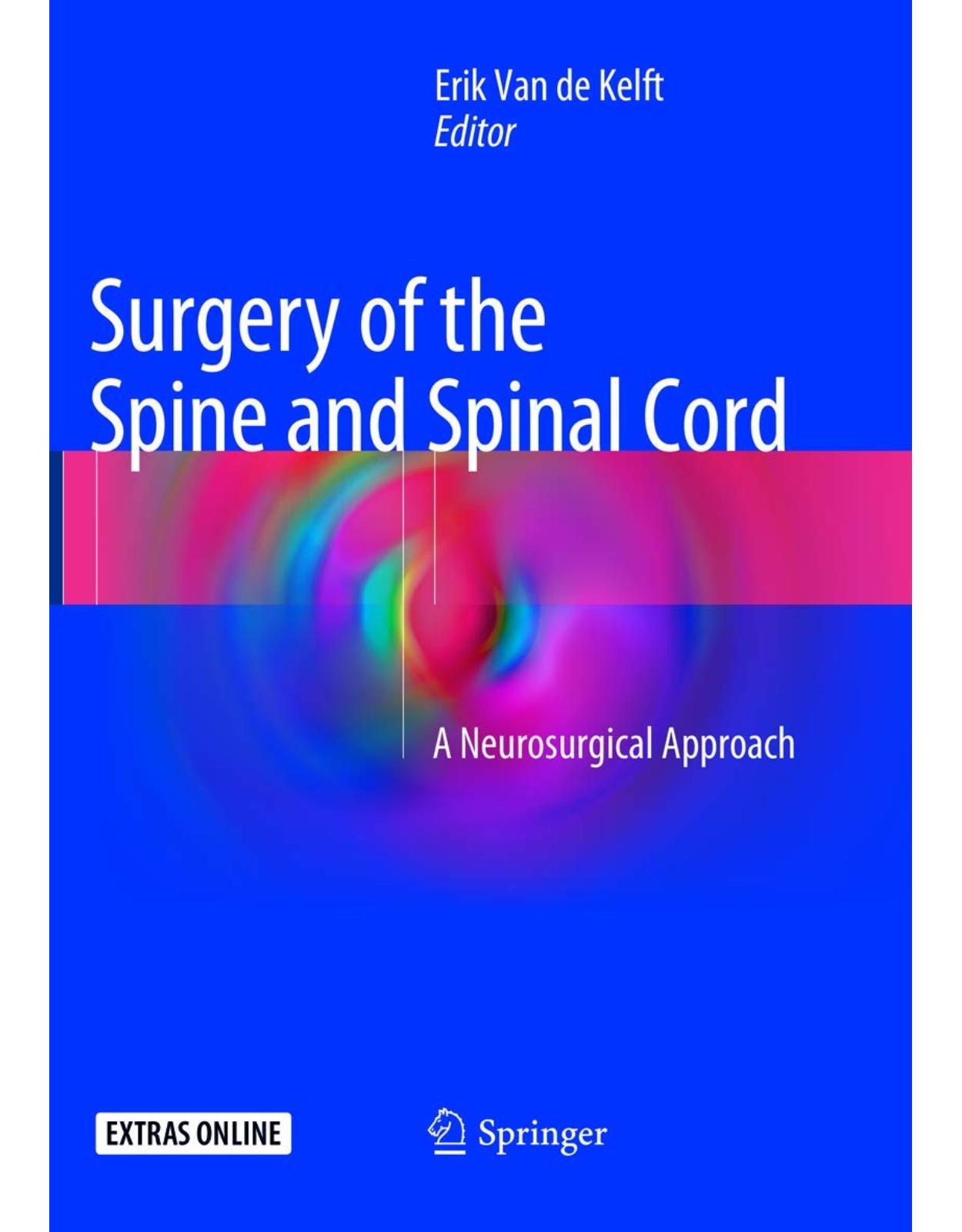
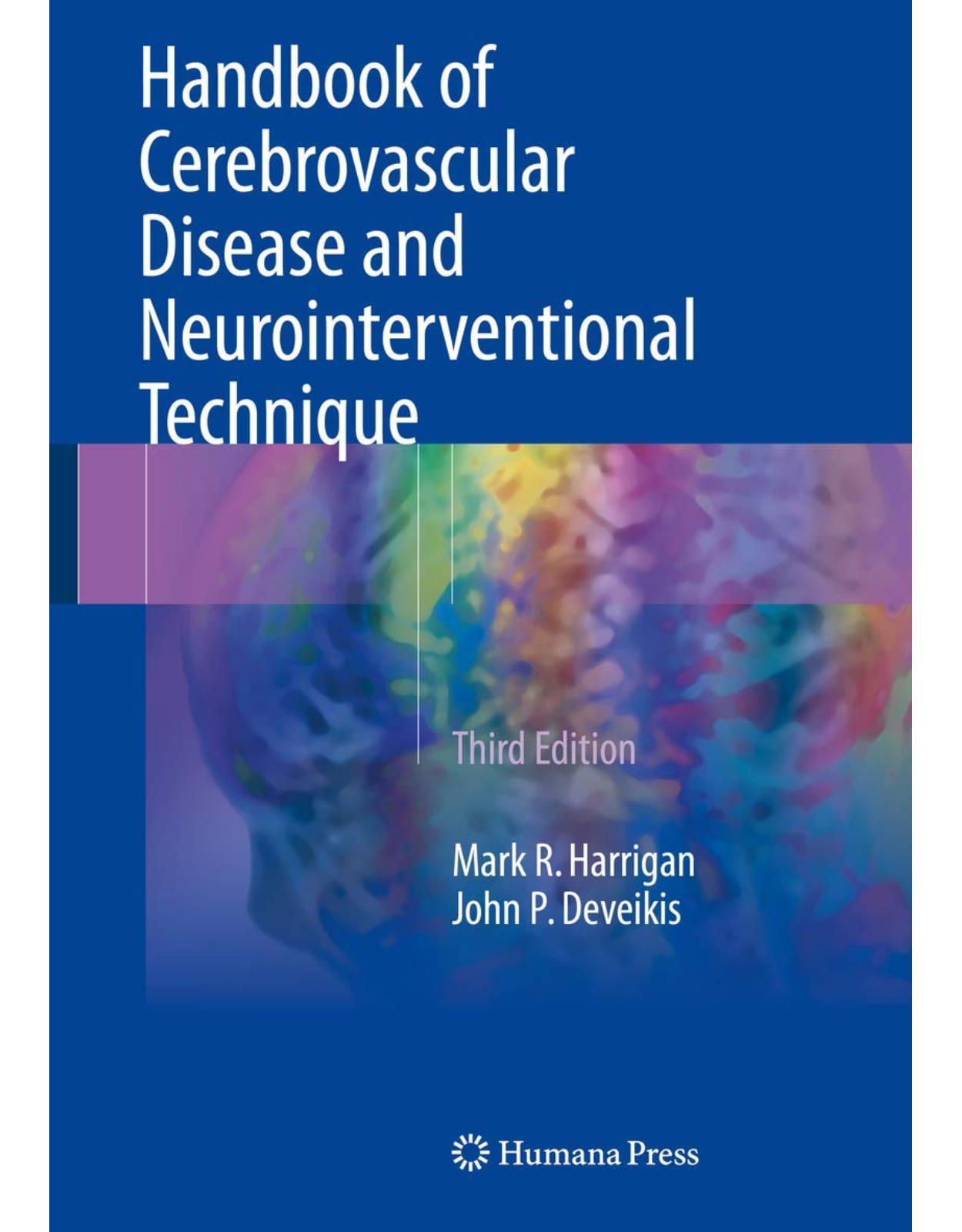
Clientii ebookshop.ro nu au adaugat inca opinii pentru acest produs. Fii primul care adauga o parere, folosind formularul de mai jos.